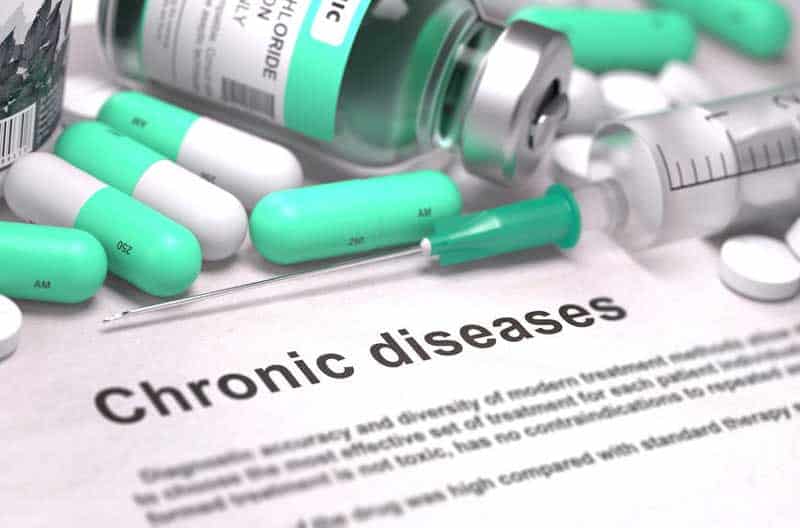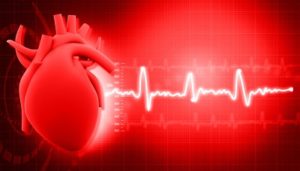
Parkinson’s Disease and Exercise
Article courtesy of: Fitness Learning Systems
For more information about Parkinson’s Disease, see Introduction to Parkinson’s Disease, a continuing education course by Dr. AQ Rana, founder of World Parkinson’s Program, leading Parkinson’s researcher in the world.
Parkinson’s disease is the second most common neurodegenerative disorder after Alzheimer disease. Unfortunately, the incidence of Parkinson’s disease has not declined, and its impact is seen in all races. This is due in part to the fact that the population of the world is greater than ever before and increasing. In addition, people are living longer than in previous generations, and the baby boomer generation, one of the largest generations in history, has reached old age.
Risk factors for Parkinson’s disease include:
Age: Risk of Parkinson’s disease increases with age. The average age of onset for this disease is 55 years and the rate of incidence increases steadily until the age of 90.
Gender: Men have a higher risk for Parkinson’s disease than women.
Family history: Individuals with a family history of Parkinson’s disease are at a higher risk for Parkinson’s disease. Moreover, it is said that those with affected first-degree relatives double their risk of Parkinson’s disease.
Agricultural work: Individuals exposed to pesticides and herbicides have a greater risk of developing Parkinson’s disease symptoms. Drinking well-water and living in rural areas have also been associated with an increased incidence of Parkinson’s disease.
Head Trauma: Head trauma can be a risk factor for Parkinson’s disease as is seen in the case of boxers. One study showed that trauma to the upper cervical region, head, and neck was a risk factor for Parkinson’s disease. However, in some cases it took years for these symptoms to appear.
The exact cause of Parkinson’s disease is unknown. Regarding the molecular events that lead to the development of this disease, there is still some uncertainty in terms of what causes the neurodegeneration seen in Parkinson’s disease. The current hypothesis is that Parkinson’s disease may result from the interaction between environmental factors and genetic susceptibility.
The primary symptoms for PD are deficiencies in motor performance due to the loss of the dopamine pathways in the brain. Decreased dopamine production in the substantia nigra in the brain causes the 4 primary motor symptoms:
- Bradykinesia: described as slowness in the execution of movements while performing daily activities.
- Rigidity or Stiffness: caused by an involuntary increase in tone of the limbs and axial musculature.
- Resting Tremor: Found primarily in the arms and hands and can be socially bothersome. Resting tremors are less disabling since they often vanish with the initiation of activity (especially in the early stages of Parkinson’s disease).
- Postural Instability: manifested in a slow speed of walking, shortened stride length, narrowing of base of support, and leaning towards one side.
Exercise should be targeted for the primary motor symptoms with exercise and occupational therapy to improve quality of life. Recommended program components include:
- Posture, gait, mobility work
- Fall risk reduction
- Cardiorespiratory health
- Strength and function
- Depression and Anxiety-Stress Management
- Joint health
Exercise prescription for clients with PD includes: (ACSM)
- An individualized program
- Cardiorespiratory: use guidelines for healthy adults
- Muscular Fitness: use guidelines for healthy adults
- Flexibility: slow, static exercises for all major and minor joints in the body including the upper torso, spine, and neck.
- Neuromotor Exercises: help with balance, gait, and postural instability. Clinicians use a gait belt or parallel bars to ensure safety depending on the severity of the symptoms. Include functional exercises to improve ADLs and quality of life.
PD exercise therapy includes intervention with many kinds of exercise modes. Both personal training and group fitness certification have been successful in helping to manage the disease and reduce the symptoms. There is no strong evidence at this point to show that exercise prevents PD, but it is believed that exercise may play a role. Exercise is however the mainstay for symptom management and slowing disease development.
References and Resources:
- Rana AQ. (2018) Introduction to Parkinson’s Disease. Fitness Learning Systems. www.FitnessLearningSystems.com
- American College of Sports Medicine (ACSM) (2018) ACSM Guidelines for Exercise Testing and Prescription. 10th Edition. Wolters Kluwer Publisher.






No comment yet, add your voice below!